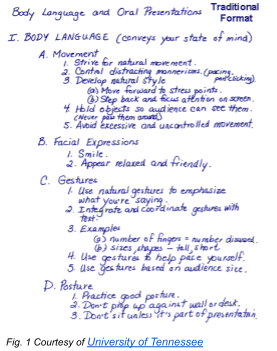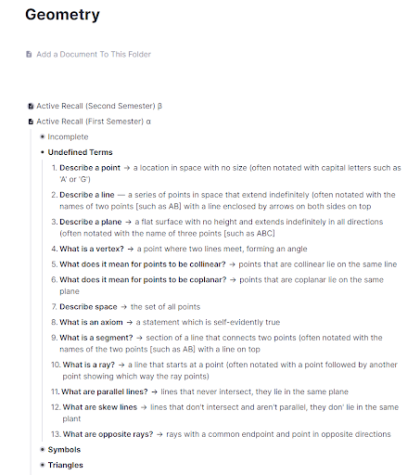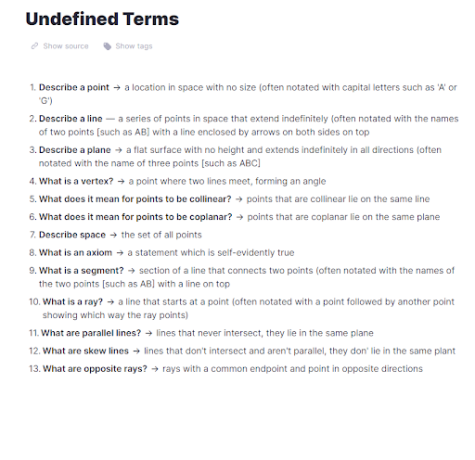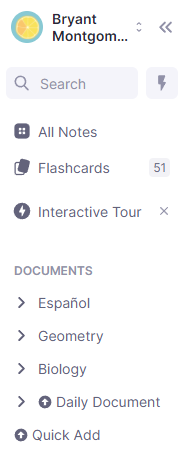Guide to Taking Notes
February 13, 2022
With the amount of information students receive each day, it is challenging to recall all that information and keep track of it. Note-taking is the simple act of recording on paper or on a computer what one hears or reads for a multitude of benefits, yet the most effective way to maximize those benefits is unclear. The following is a guide to note taking overall.
Taking notes can often be rote and tedious, but with certain techniques it can be quick and beneficial as a way to learn. Why is note-taking so effective? According to Michael C. Friedman of Harvard University, “Note-taking allows people to…make content explicit for future reference. Critically, learning can occur during both the production and review of notes by allowing the learner to make connections between idea units and engage in deep processing of course content…note-taking also assists the learner in generating and semantically processing information (essentially, helps the learner think about course content in such a way to better understand it upon later review), in addition to facilitating and strengthening the internal connections between ideas… note-taking can result in broader learning.”
Even small things such as pen color can have an effect on a person’s learning. “We demonstrate that red (versus blue) color induces primarily an avoidance (versus approach) motivation…and that red enhances performance on a detail-oriented task, whereas blue enhances performance on a creative task…,” informs an article from science.org titled, “Blue or Red? Exploring the Effect of Color on Cognitive Task Performances.”
Opinions on the effectiveness of notes vary. An anonymous 9th grader says, “Notes shouldnt be required or graded…it should be that the students own responsibility to take notes, but a teacher could remind you it’s a good time to take notes.”

There are multiple ways to take notes on paper including the Cornell method, outlining, mapping, and more. The most effective one depends on the class and the individual’s preference.
Remnote is an online note-taking website and an amazing way of taking notes online (it’s also free!). It’s perfect for systemizing information and creating flash cards, with many easy to use features. It is good for courses with a lot of information to remember, and if it requires that notes be taken at home.
Students can sign up for Remnote here. After downloading, create a folder for each subject that notes should be kept for by clicking on “New Document.” Click on one of the folders and write some notes. Each bullet point is known as a “rem” and acts like its own page of notes. If the bullet point is clicked on it will take you to its own page and notes can be written for the section (similar to outlining).

Fig. 2 is an example of what a page of notes could look like; Active Recall is a document within the Geometry folder containing multiple “rem” bullet points. Notice how Undefined Terms has a list of questions below it. By clicking on the bullet point beside it (such as in fig. 3), it reveals only those questions which can be easily modified later.

Lastly, the easiness of making flash cards in Remnote is what makes it stand out the most (other features can be learned through the interactive tour). After writing a question, do a space followed by two greater than signs (>>), creating an arrow that points to an answer that can be written. If there is any trouble here is a video on how to do it. Flash cards that are made in any document of any folder can be used in the flashcards tabs.

Since note-taking consumes much of a student’s time, it is best to learn how to use the remaining time efficiently and with the right tools.

